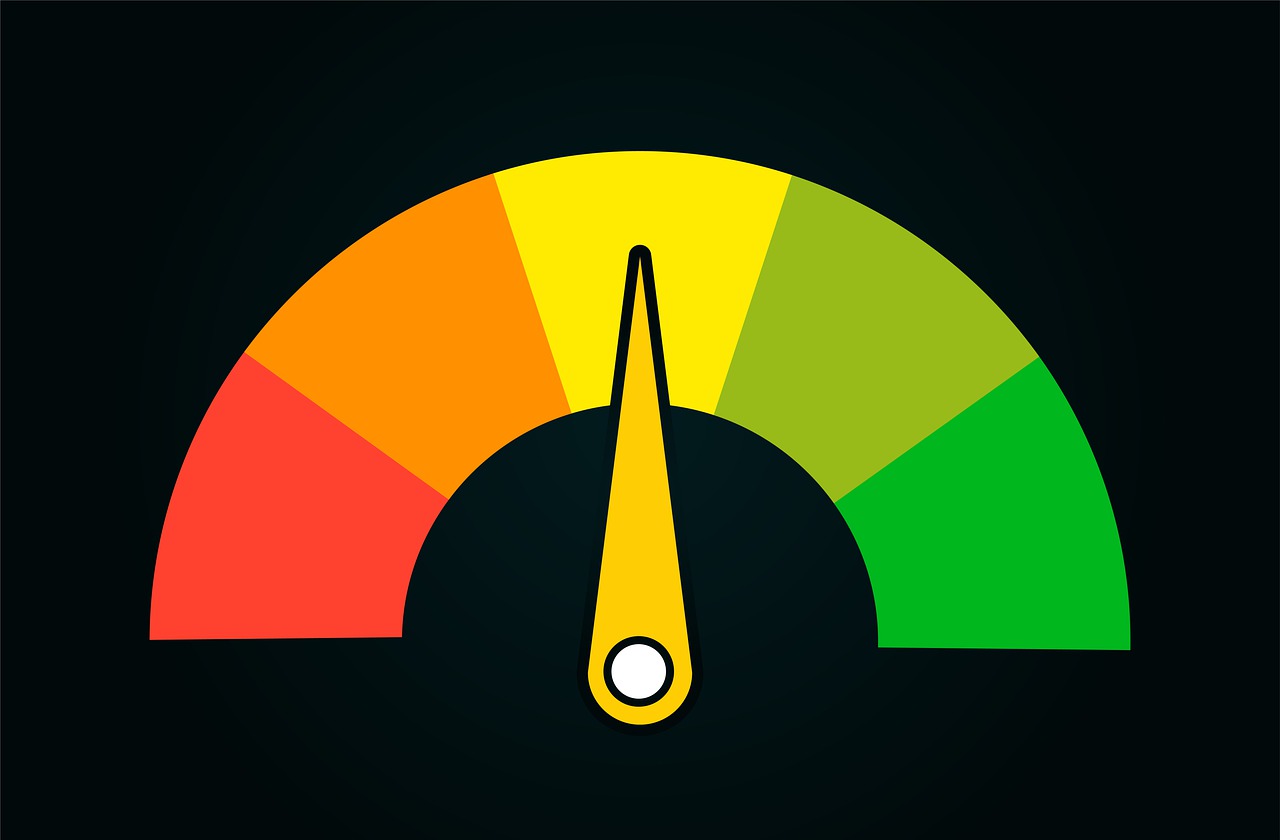Choosing a Monitoring Meter: 5 Things to Consider
Monitoring meters are tools that constantly track your home’s electricity use. Just like cars have mileage displays showing how much distance you’ve covered, monitoring meters reveal our electricity consumption rates. However, using a monitoring meter isn’t as straightforward.
Users must know how to read these devices, calculate the meter readings, and modify their electricity consumption rates accordingly. More importantly – they need to select the right monitoring meters. The CHINT monitoring meter makes this decision easy for thousands of homeowners.
Thousands of homeowners worldwide use the company’s monitoring meters to modify their energy consumption behaviors. But, before you buy a monitoring meter, you must learn about their categories. There are two types of monitoring meters –
- Analog meters that come with analog displays.
- Digital meters that come with digital displays.
Digital meters offer instant connectivity, unlike analog or electromechanical meters. That’s why they’re called “smart monitoring meters.” These meters can reveal your home’s real-time electricity consumption rates.
With the real-time data from the meters, you can indirectly monitor your power consumption rates and perform better load management. The digital, LCD, or LED displays are also easier to read for users.
For-first time users, buying smart monitoring meters makes sense. But, that’s not the only feature users should look for when shopping for monitoring meters. Here are five very important features shoppers must consider before buying these devices –
- How Many Phases?
When shopping for monitoring meters, buyers must assess how many phases their home’s electricity systems have. Most monitoring meters in the market come with two-phase options – single and three-phase monitoring meters.
If your home is operating on a three-phase electric system, you’ll need a three-phase monitoring meter. If it’s a one-phase electric system, then only a single-phase monitoring meter will work in your home.
Single-phase monitoring meters are more common because more homes have one-phase electric systems. Choosing a monitoring meter that is compatible with your electric system is very important. The wrong meters won’t provide accurate, real-time electricity consumption readings.
- How Many Amps Do You Need?
Assess how many amps you need for your home’s electricity system. Typically monitoring meters come with three “amp” options – 60, 100, and 200 amps. Your selection should depend on the nature of your home’s power system. For example, a 100-amp monitoring meter won’t give accurate readings for a power measuring system that needs 200 amps.
- Communication Protocols
Monitoring meters communicate via different protocols. You need to select which communication protocol is best for your understanding. The two most common communication mediums or protocols used by these devices are –
- Modbus: Modbus has been a standardized, easy-to-use protocol for connecting industrial devices since 1979. If you already use other monitoring systems, integrating Modbus monitoring meters with these systems will be very easy. This widely used protocol was developed by MODICON.
- CAN: CAN (Controller Area Network) or “CAN bus” is another very widely used communication protocol. It allows monitoring meters to be connected with applications without hosting PCs. This communication protocol is mostly used in the automotive industry, where efficient data communication between engineers is critical.
Choosing the right communication protocol is key to setting up and optimizing your monitoring systems. Which one should you choose? Both these communication protocols are popular. Select whichever protocol you feel more comfortable working with.
- On-Field Configuration Capabilities
Make sure that your monitoring meter is flexible enough to be configured at any time, even in the field. Installing pre-configured monitoring meters with no option to modify the settings doesn’t make any sense.
What if the preconfigured monitoring meter you purchase doesn’t cover the voltage service you need? Users need the ability to configure their monitors. Pre-configured monitors won’t ever provide the same performances a configurable monitoring meter would.
- Total Costs
Once you’ve made these considerations, it’s time to assess the overall costs of the monitoring meter you purchase. Costs will include – the initial cost price of the meter, installation fees, and labor costs.
You may also have to purchase some auxiliary components or items (e.g., fused leads) to set up your monitoring meter. Tell the contractor exactly how you intend to use the monitoring meter and clarify all costs before making a purchase.
Buying and installing high-quality monitoring meters is very important for saving energy at home.
Buy and install a high-quality monitoring meter for your home. Then, understand the way you consume energy in your house and make the necessary adjustments!

